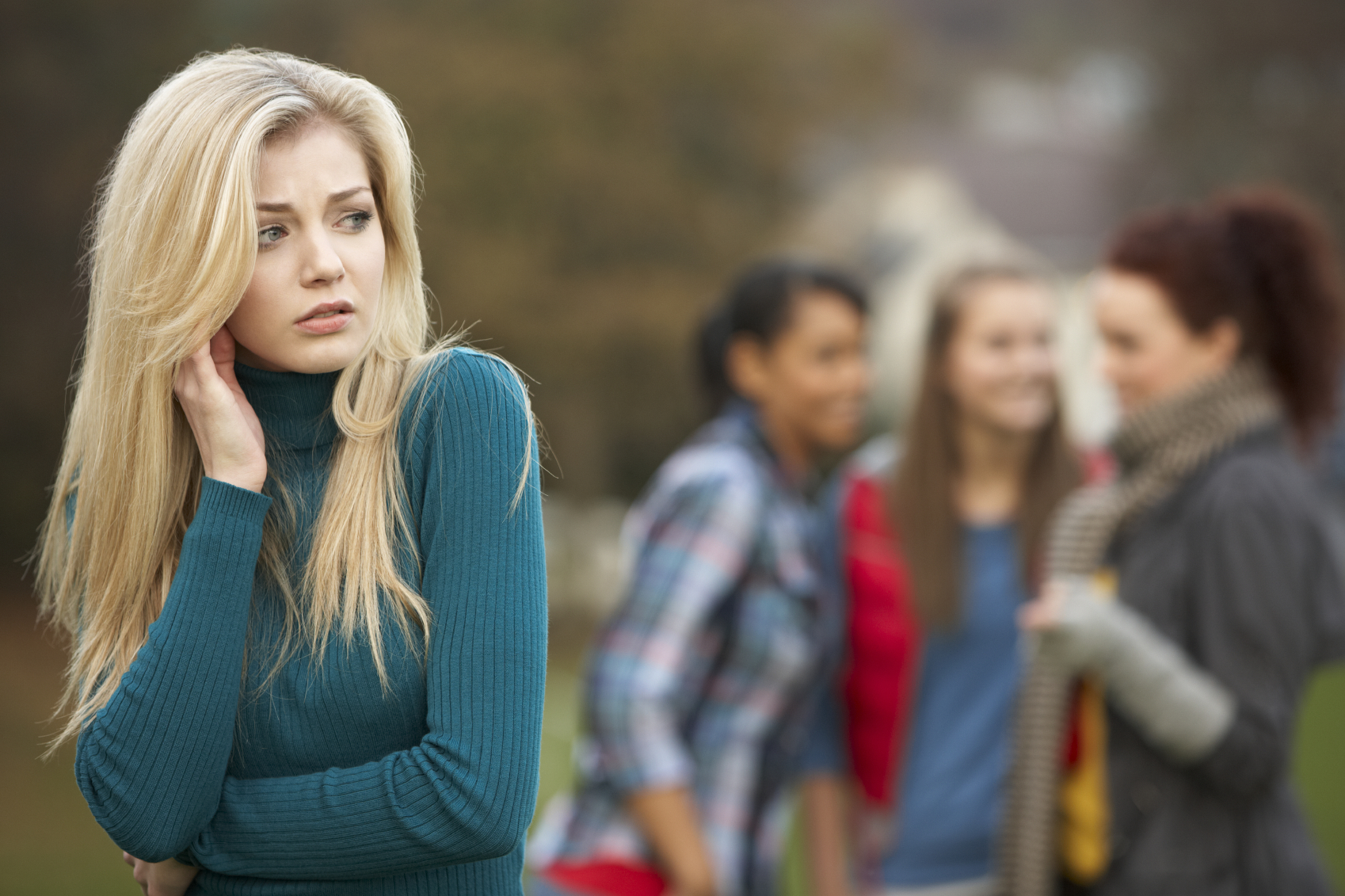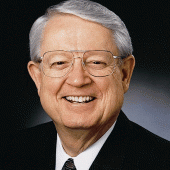Some use the phrase, “boys will be boys.” Others use the word “hazing.” Peer to peer violence has become an everyday occurrence in schools across America and around the world. What can we do? How can we change the mindset of teens and pre-teens into one of mutual respect and protection?
Listen as Paul Coughlin from The Protectors joins Susie to talk about seeing and stopping acts of bullying, both in our schools and in our homes.
How is a bully created? Paul explains some common practices.
“Sin is fun for a season – it fills the person with an individual sense of power and control and it also grows their social status. If you want to raise a bully, this is what you do. Use coercive parenting style, and as a parent express disdain and content toward your peers. Through the umbilical cord of modeling, your child will say and speak the way you do. Be highly permissive. Bullies tend to come from homes where the bully has wrestled authority and control away from the parents.”
Paul and Susie also talk about:
• The theater of bullying.
• What it means to use the buddy system.
• The psychological effects of bullying – a “constant campaign of cruelty because it pays for the bully.”
• How to train and equip youths to see and counter bullying.
• The difference between a “by-stander” and an “alongside-stander.”
• The difference between tattling and reporting
• What the church can do to stop bullying.
Paul says, we need to step in, for the sake of every person involved.
“When our children fail to help, studies show that our capacity for courage, sympathy and empathy decrease. We literally become smaller-souled people. We just need to do the right thing, afraid, and our quality of life will greatly increase.”
Key Scriptures: Proverbs 6:16-19
Featured Songs: I Am Not Alone by Kari Jobe; I Belong by Kathryn Scott; I Will Follow Love by Tim Timmons






















